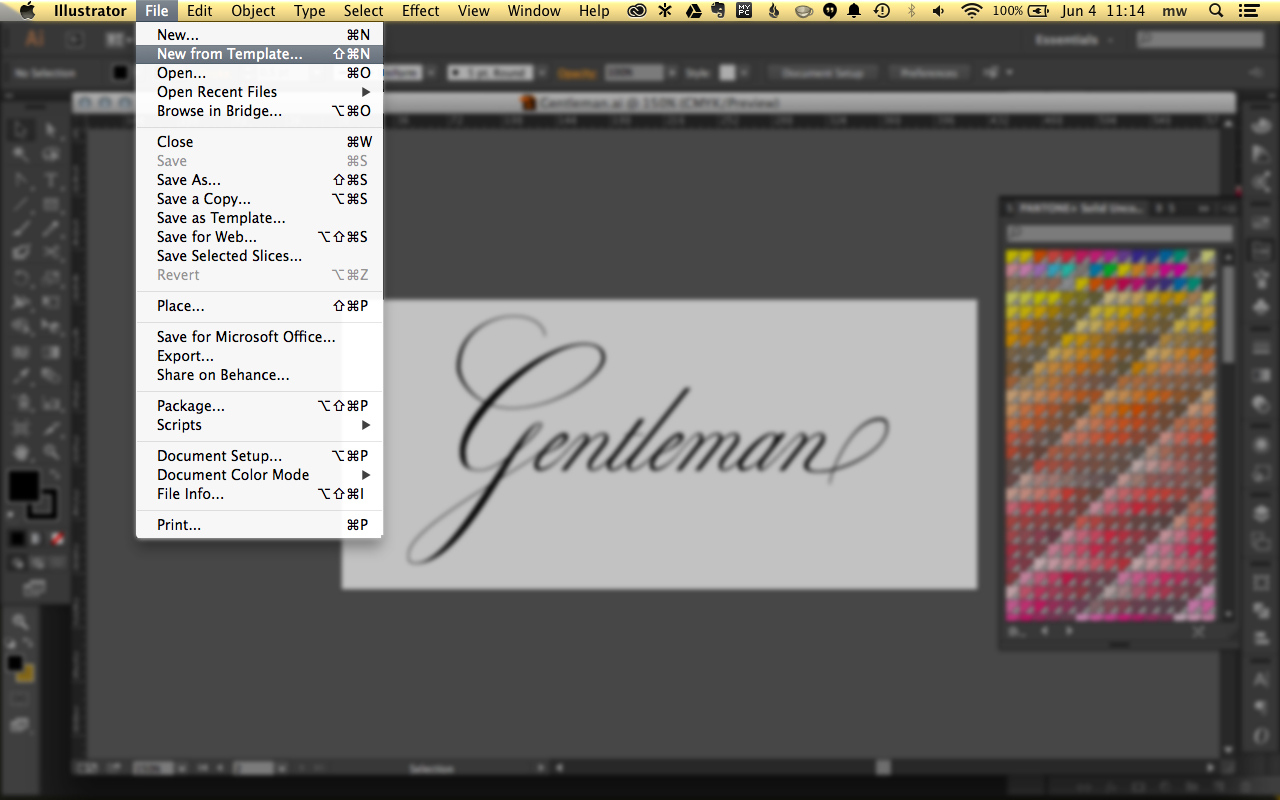A few months ago, I got a quote request from a company that I was really eager to work with. It was a well-known brand that fit the profile of my ideal client and I was so excited.
But whatever smile that first contact brought me quickly faded.
The project was fully-spec’d.
The graphic designer who had designed this company’s stationery had taken the liberty of identifying the processes and – very specifically – the papers involved.
The thing is – whoever spec’d the project clearly didn’t understand the processes they wanted their client/employer to invest in.
And it was a mess.
Technically speaking, the thing this particular designer spec’d was an offset flood of brand color topped with a spot-UV logo. Spot UV has seen some real advances in the last few years – the sculptural options available rival traditional embossing in a lot of modern, glossier contexts.
But the thing spot-UV doesn’t do well is shine on uncoated stocks. Without a coating, the UV varnish soaks in. Most of my partners that handle spot UV won’t even take a job on uncoated stocks. The ones that do insisted it would likely take 2-3 applications (more labor, more materials, more waste).
It wasn’t the ideal way to achieve the desired outcome.
Frankly, I was a little angry with this designer. Why in the world would they have steered this company in this direction? This was tens of thousands of business cards (as well as some other pieces)! Why not do what would be best for the client?
And, more importantly, why was the designer making decisions related to processes they clearly didn’t understand?
So here’s what I did:
I did my best to pivot the company toward seeing me as what I am: a stationery consultant. I explained why this wasn’t a great idea and provided a quote for what it would take to produce a decent product with those specifications.
But then…
I also provided two additional options and explained why they were the better choice. One was a way to achieve the effect they wanted but with much better results – clear foil stamping would give the matte/gloss contrast on their logo without the perils of spot-UV on uncoated substrates. It would cost a little more, but would give them a much better product than spec’d.
The other was a highest and best use situation. It was the card the client – and, more importantly, their clients – deserved. It was a duplexed card that dumped the offset flood of brand color in exchange for a sheet of custom-colored paper on-brand. It featured letterpress and foil stamping, the same print methods the other pieces were spec’d for. It was cohesive and ideal. And it was expensive.
So what happened?
The client picked someone who quoted their specs cheaper.
Disappointing, huh?
Tell me about it.
Honestly, I’m dying to get my hands on one of the cards they had printed. I want to see how they turned out. I want to know how things went, though I can imagine.
These are the realities of working with companies. The people I’m talking to may not always have ultimate authority, or they might be driven by factors other than impact or quality.
So what?
There are things that I kinda know and things that I know better than almost anyone. I kinda know graphic design, but I’d never feign to know anything about image resolution for screen or how to effectively use The Grid. I know a little about photography, but I wouldn’t give someone photography advice.
I know what I know.
Does your designer?
This particular client would have saved themselves a bunch of frustration and back-n-forth if they had called me a month earlier. Before approval processes. Before the things had even been designed.
We could have talked through their desired outcomes and what possibilities exist to get them there. I would have steered them away from uncoated stock with spot-UV. It never would have even been considered.
I could have helped them optimize their paper-goods spend to maximize impact.
It’s what I love doing.
It’s what I know.
And it’s what clients pay me for.
No, graphic designers aren’t dumb. And they’re not liars.
But they may not even realize what they don’t know. Man, a lot of fairly prolific designers have literally never designed something for print.
Seriously.
And the ones who have don’t always get the chance to work in letterpress or foil stamping or embossing.
And that’s when you can’t trust them to guide your print project.

0 Comments